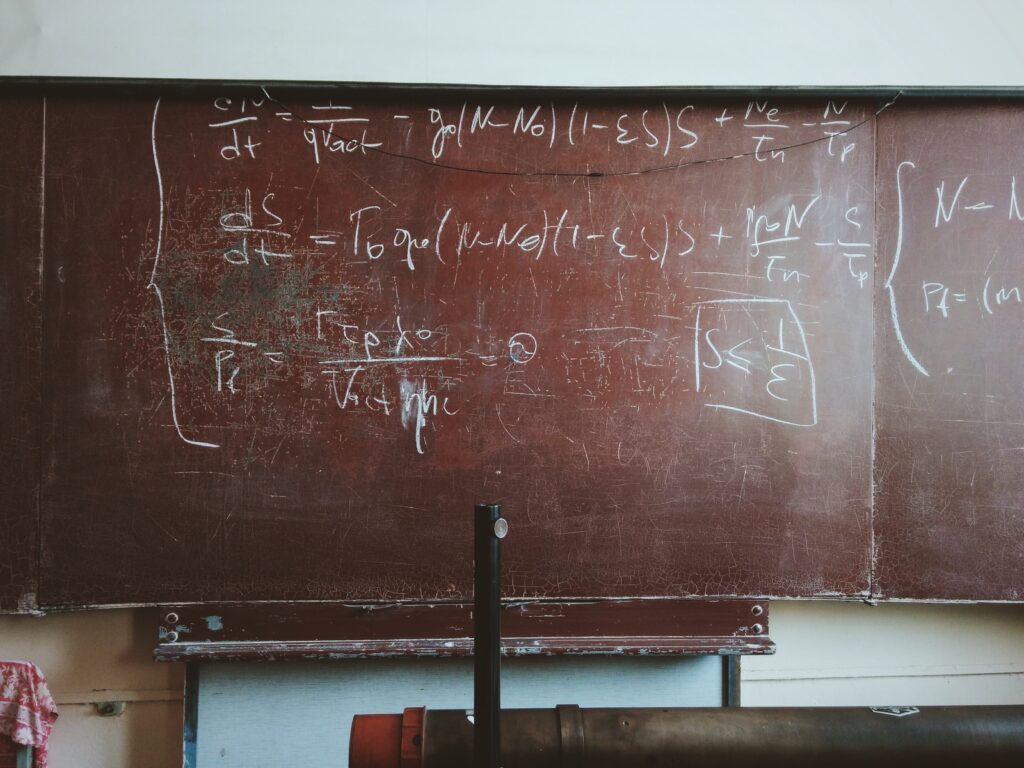The algorithm behind the Master Algorithm
BUILDING A GENERAL PURPOSE LEARNER WILL REQUIRE US DEFINING AND DESCRIBING LEARNING ITSELF

As its name suggests, development of an intelligence akin to Domingos’ general purpose learner will require an algorithm – a set of instructions precise enough for a computer to execute without encountering ambiguities that could result in erroneous or unpredictable outcomes. These instructions will produce functionality by detailing the sequences the computer must follow in order to achieve a desired outcome, each involving the switching on and off of billions of tiny transistors. The complexity of these functions varies enormously, from the very simple to the exceptionally complicated, with chains of logical reasoning built by stringing them together..
In order to develop our general purpose learner, two things need to happen. Firstly, we need to ensure we understand learning well enough to accurately define it as an algorithm. This is the only way to ensure that any theory we develop around learning is rigorous. Secondly, we must write it down in a format which the computer can interpret as intended, i.e. a programme. Once implemented, its programmers can make ongoing refinements to ensure the computer executes each algorithm and associated function as expected in order to produce the desired outcome. This is how programming has always historically operated – algorithm is built, algorithm is refined, algorithm receives data, algorithm produces desired output. The advent of machine learning, however, has seen this model turned on its head.
ADVERTISEMENT
In order to develop our general purpose learner, two things need to happen. Firstly, we need to ensure we understand learning well enough to accurately define it as an algorithm. This is the only way to ensure that any theory we develop around learning is rigorous. Secondly, we must write it down in a format which the computer can interpret as intended, i.e. a programme. Once implemented, its programmers can make ongoing refinements to ensure the computer executes each algorithm and associated function as expected in order to produce the desired outcome. This is how programming has always historically operated – algorithm is built, algorithm is refined, algorithm receives data, algorithm produces desired output. The advent of machine learning, however, has seen this model turned on its head.
Though algorithms would ordinarily receive data, complete their tasks and deliver a desired result, the goal of machine learning algorithms is markedly different. Rather than taking data and turning it into an output, learning algorithms ingest both data AND the desired outcome and figure out what’s required to turn one into the other. Effectively replacing developers who historically built upon one another’s algorithms to establish new functionality, learners write their own programmes based on the inputs available. This is why learning is so critically important. Were developers to successfully define and transcribe a model for it, the resulting algorithm could make iterative improvements to its own ability to learn, becoming increasingly effective at developing cross-domain knowledge over generations. Amplified over digital rather than physical timescales, the learner’s capabilities would progress at a pace far beyond anything a human developer could match. In this respect, true machine intelligence is far more likely to result from improvements made by the machine itself than from the developer programming it.
RELATED ARTICLES
TEACHING MACHINES TO LEARN
WITHOUT INSTILLING MACHINES WITH AN INDEPENDENT ABILITY TO LEARN, EVEN THE SMARTEST ALGORITHM WOULD QUICKLY BE SURPASSED BY HUMAN INTELLIGENCE
BY CHRISTOPHER KELLY





